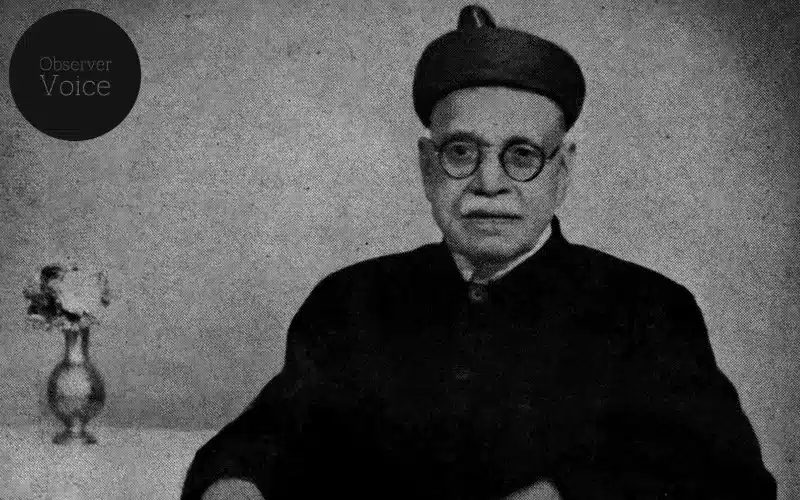Pandurang Vaman Kane (7 May 1880 – 18 April 1972) was an Indian Scholar, Historian, Writer & Educationist.
Early Life
Pandurang Vaman Kane was born on 7 May 1880, in Maharashtra, India. In 1891 he joined the English High School of the 8 P G Mission at Dapoli. In 1897 he took the Bombay University matriculation examination and came in first. During his school days, he started suffering from hyper-acidity, which led to acute stomach pains and vomiting, and he had to miss nearly a year of school.
In June 1898, he joined College and took the first year’s examination at Bombay University, earning Rs. 175 and a Rs. 100 prizes for being the first in his class whose second language was Sanskrit.
In 1901, he appeared for the B.A. examination and was awarded the Bhau Daji Prize for Sanskrit and stood first among the students at Wilson College.
He passed the first LL. B. exam in 1902, the M. A. examination in 1903, and he was awarded the Zala Vedanta Prize of Rs. 400.
Career
He applied to the Director of Public Instruction at Poona for a job as a teacher. In August 1904, he was hired as a teacher at Ratnagiri High School.
He worked at the Ratnagiri government High School for three years. In 1905, he appeared for the Secondary Teacher’s Certificate Examination held by the department and came first in the entire Bombay Presidency. At his own request, he transferred to Elphinstone High School in Bombay.
He resigned from the government in June 1911. He registered for a Sanad (after paying Rs. 500 as a fee for enrolment as a Vakil of Bombay’s High Court) with a letter from Mr. Khare certifying his good moral character. He was enrolled as a Vakil on July 5, 1911.
He was appointed as a Professor of Law in the Government Law College at Bombay in 1917.
Important Works
His best-known work in English is History of Dharmasastra, subtitled Ancient and Medieval Religions and Civil Law in India. It explains the evolution of codes of conduct in ancient and medieval India by looking at texts and manuscripts compiled over the centuries. There are five volumes; the first came out in 1930, and the last came out in 1962. They’re more than 6,500 pages. It is known for its range and depth, it includes references to previously obscure sources including the Mahabharata, the Puranas, and Chanakya.
His other great book was ‘History of Poetics’. In addition to his Theology and Poetry, he wrote a lot about Astrology, Culture, and Geography of Maharashtra, the Konkan, and Vidarbha, Marathi language, grammar, language, and handwriting, economics, mathematics, and drama. He has 198 publications to his name. There are 39 texts, 115 articles, 44 books, introductions, and reviews.
Awards
In 1963, he was awarded India’s highest civilian honor, the Bharat Ratna, for his scholarly work that spanned more than 40 years of active research that led to 6,500 pages of History of Dharmasastra.
In 1956, he received the Sahitya Akademi award for History of Dharmaśāstra, vol. IV for his research underin Sanskrit translation.
Death
He died on 18 April 1972.

